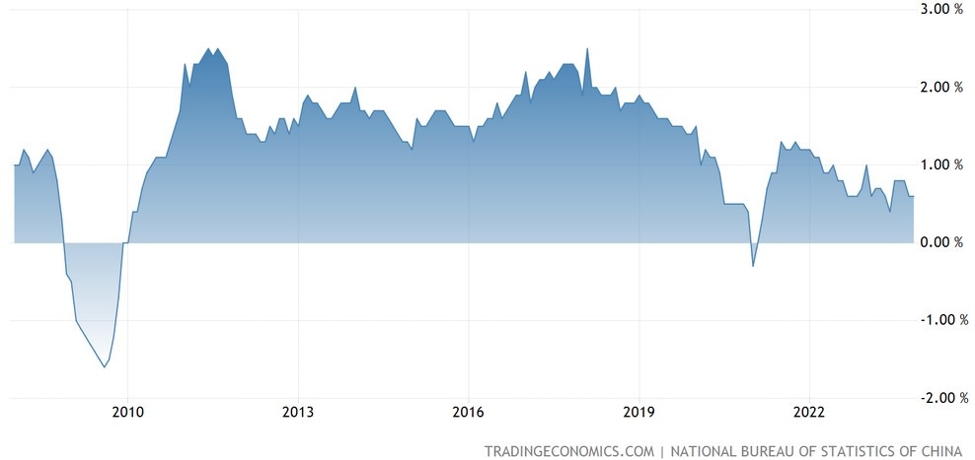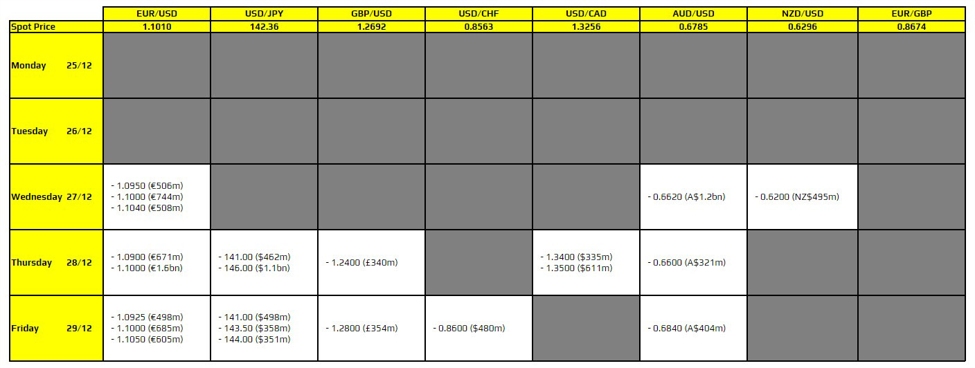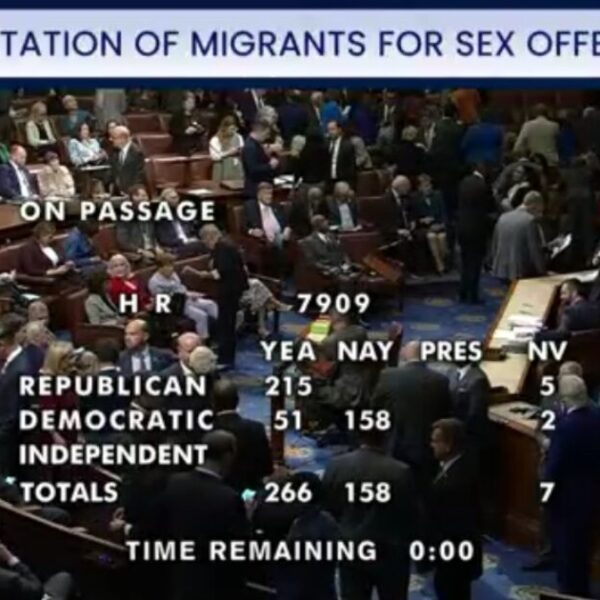In Canada on tariffs as of April 3, 2025, the United States has imposed specific tariffs including:
-
Steel and Aluminum Tariffs: Effective March 12, 2025, the U.S. imposed a 25% tariff on steel and aluminum imports from Canada.
-
Automobile Tariffs: On April 2, 2025, a 25% tariff on all imported automobiles and auto parts was implemented, which includes those from Canada.
-
USMCA Non-Compliant Goods: Under the United States-Mexico-Canada Agreement (USMCA), goods that do not meet compliance standards are subject to a 25% tariff. Specifically, non-compliant energy and potash imports face a 10% tariff.
It’s important to note that while a universal 10% tariff on imports was announced on April 2, 2025, Canada and Mexico were exempted from this particular measure.
Looking at the technicals, CAD has strengthened, pushing USDCAD lower. In doing so, the pair has broken below the Red Box area that had largely contained price action since mid-December. That Red Box was defined between 1.4238 and 1.4471.
More recently, the pair found support twice near 1.43386 (see chart above). On the 4-hour chart, the pairs price initially wavered around that level, but sellers eventually gained momentum. This led to a break below the swing zone between 1.4149 and 1.4179, and further through the 50% retracement level at 1.4108.
That 1.4108 level now serves as close risk for sellers. As long as price stays below it, sellers remain in firm control. A move back above would shift the focus to the 1.4149–1.4179 swing area, which becomes the next key resistance zone.
To the downside, the 200-day moving average at 1.3984 is the next major target. A break below that exposes the 61.8% retracement at 1.39465.















